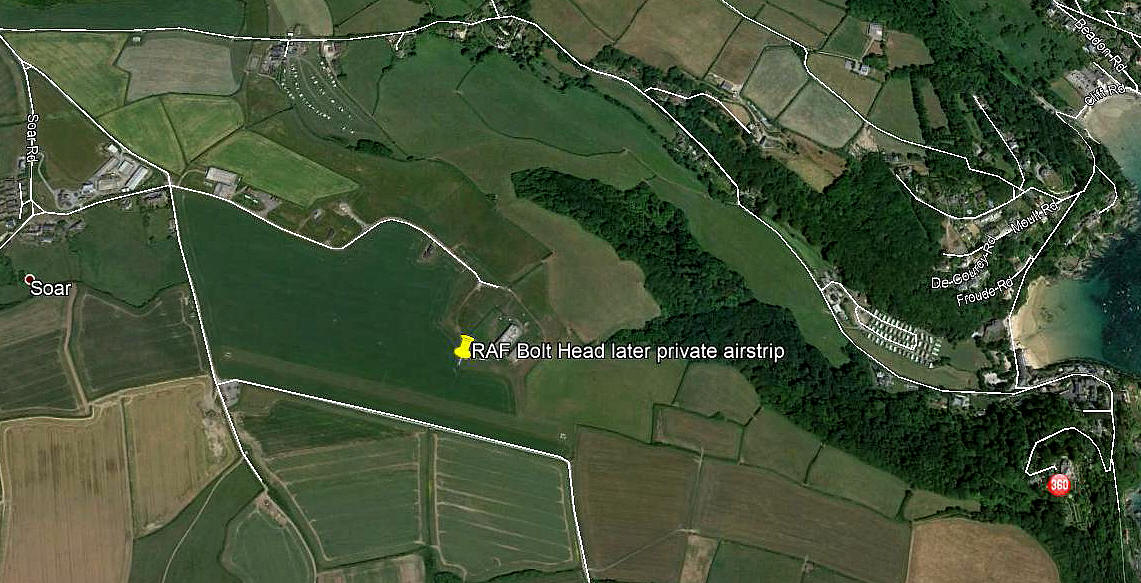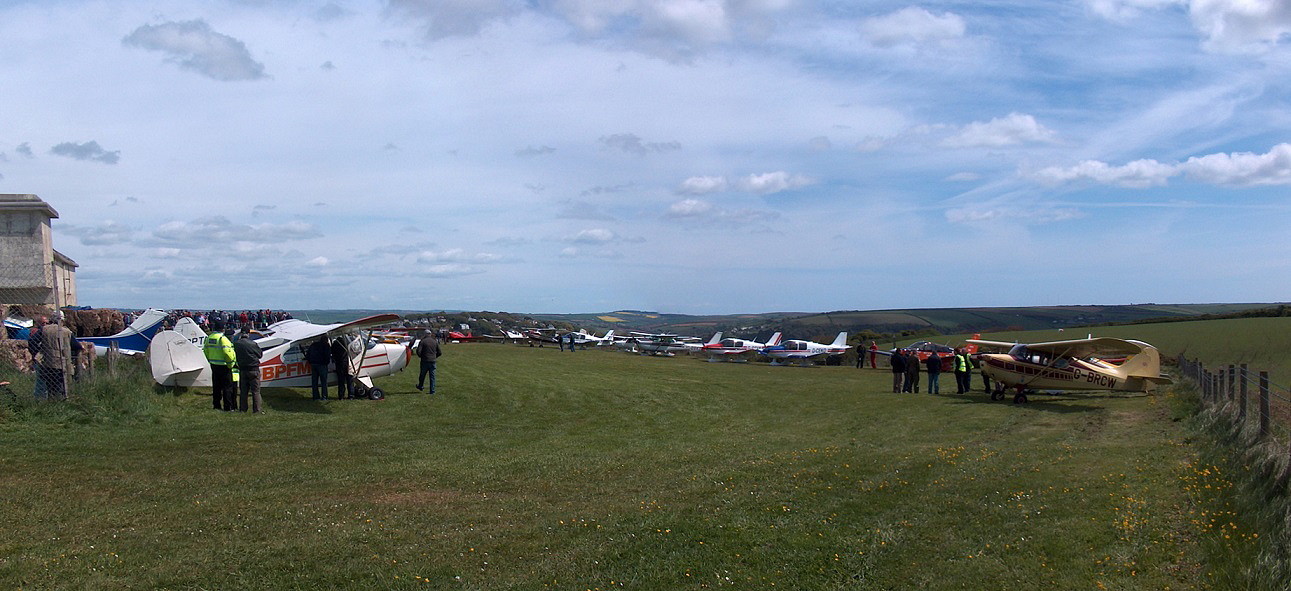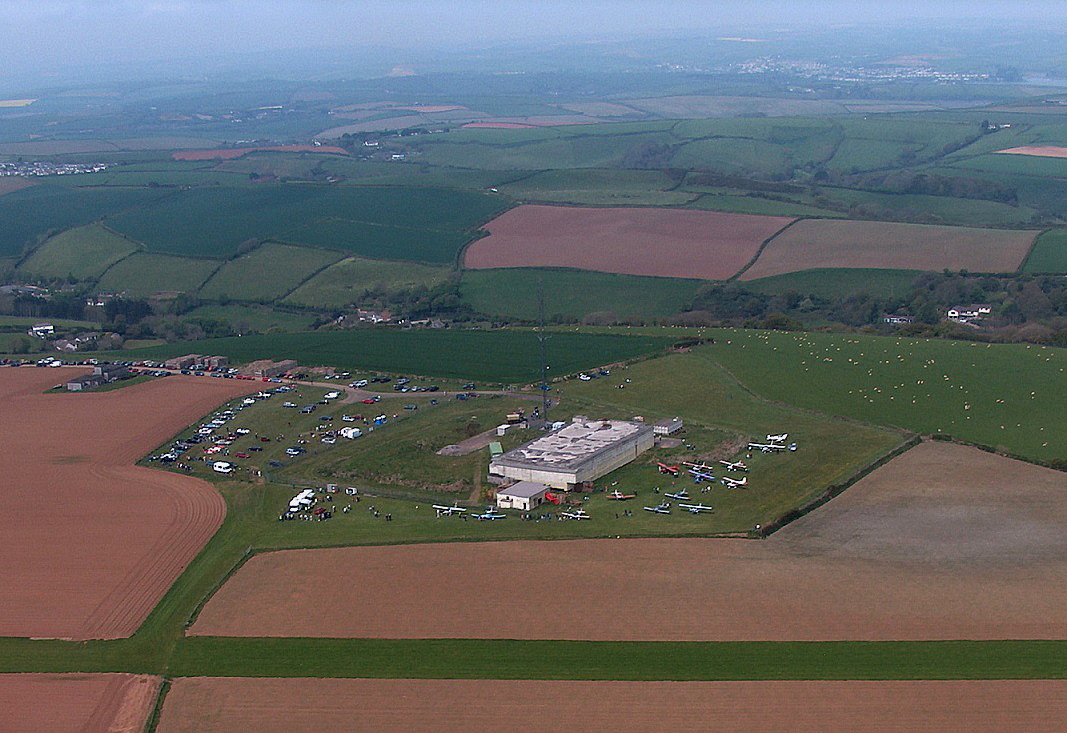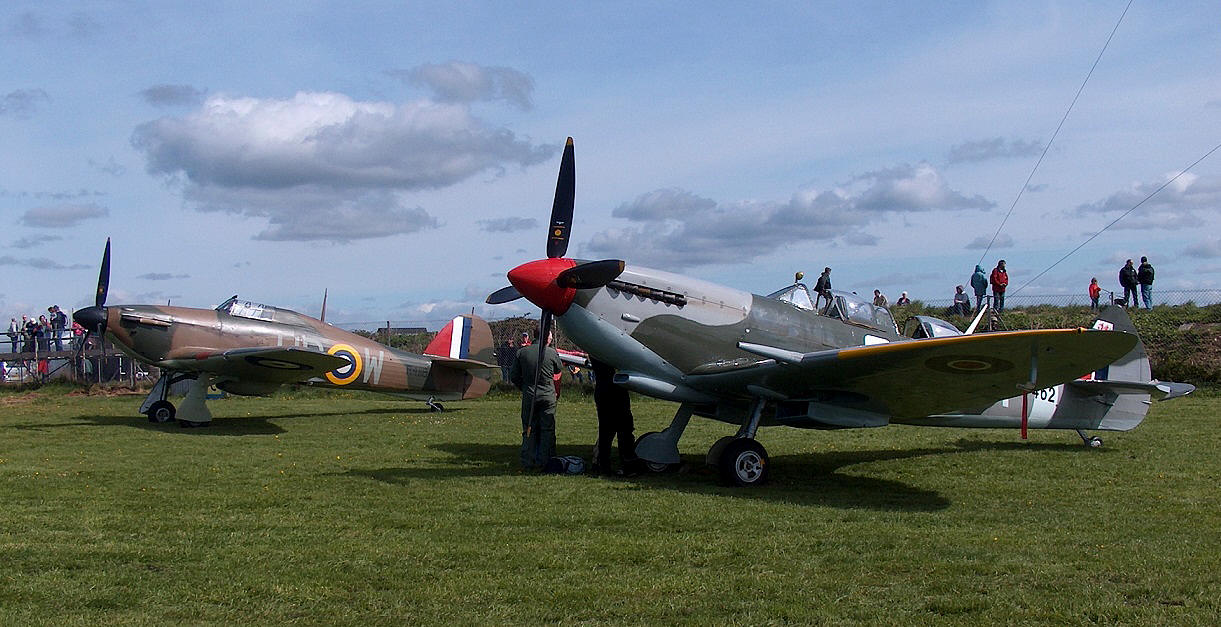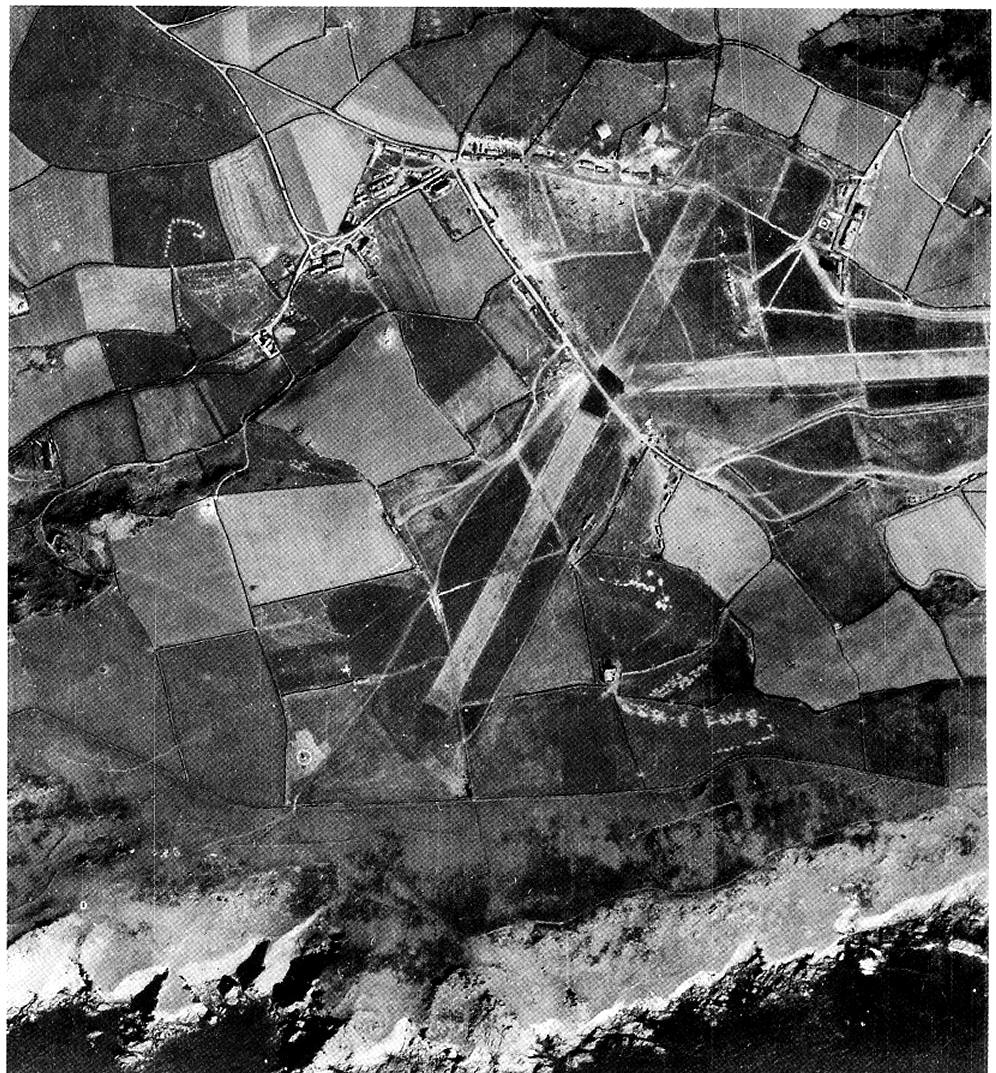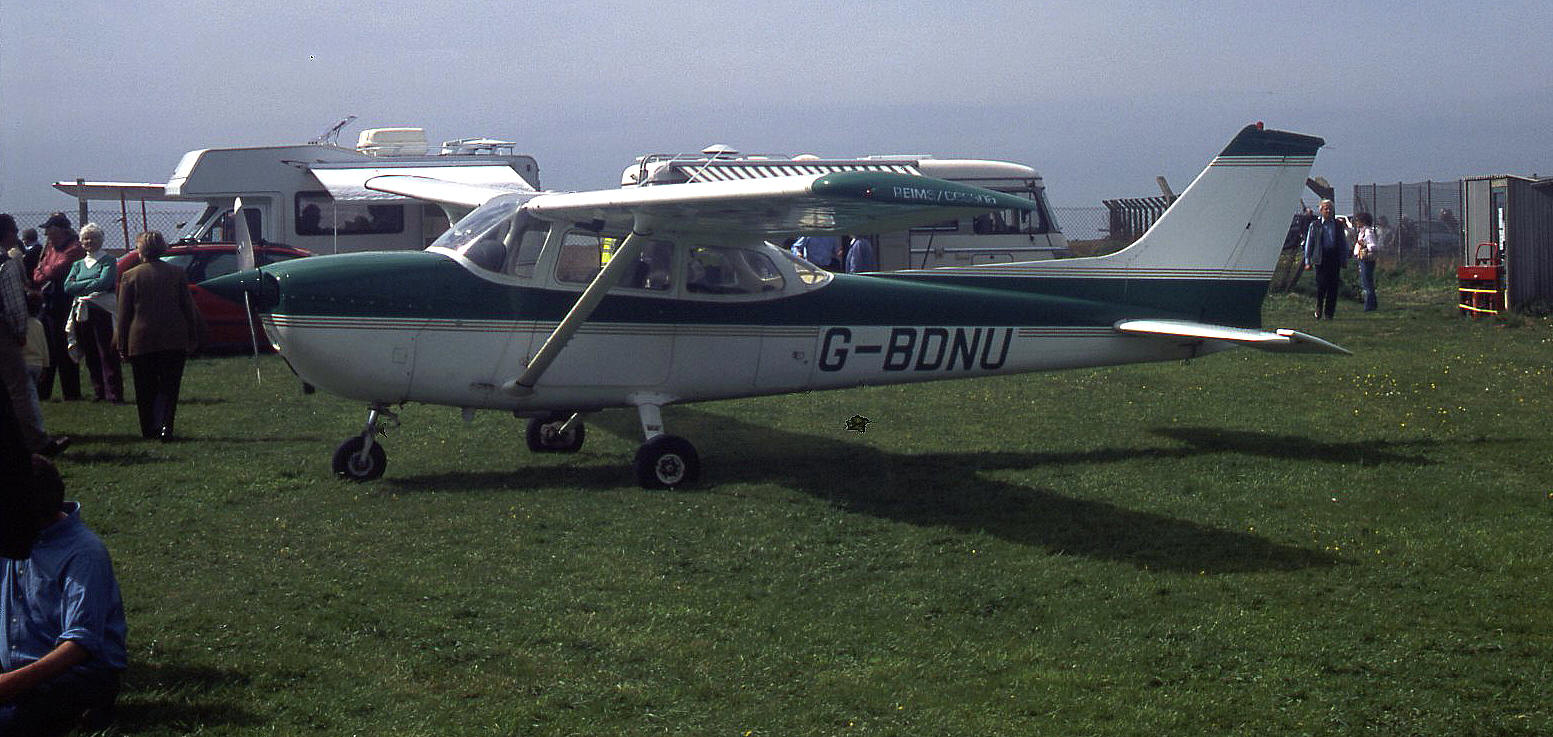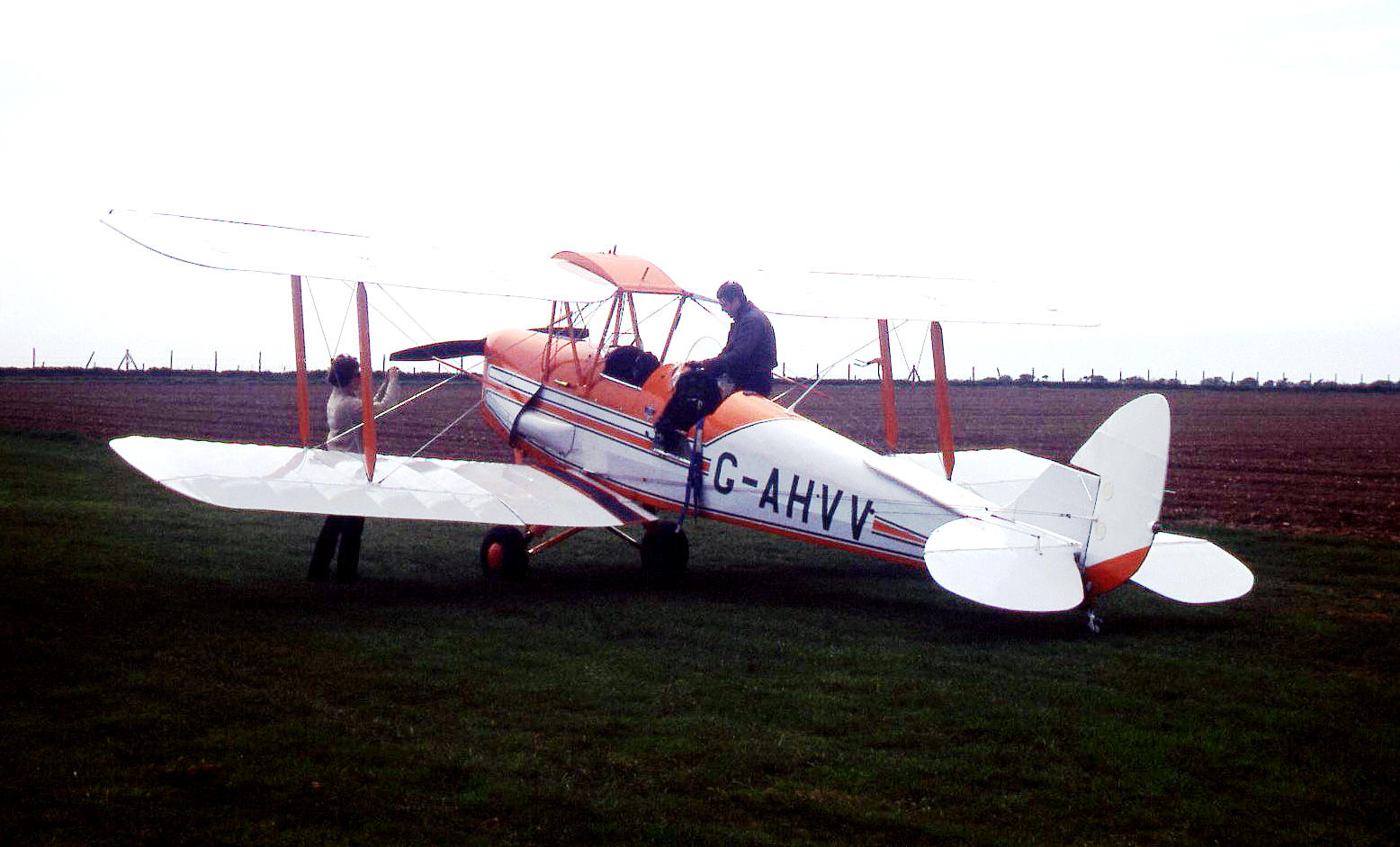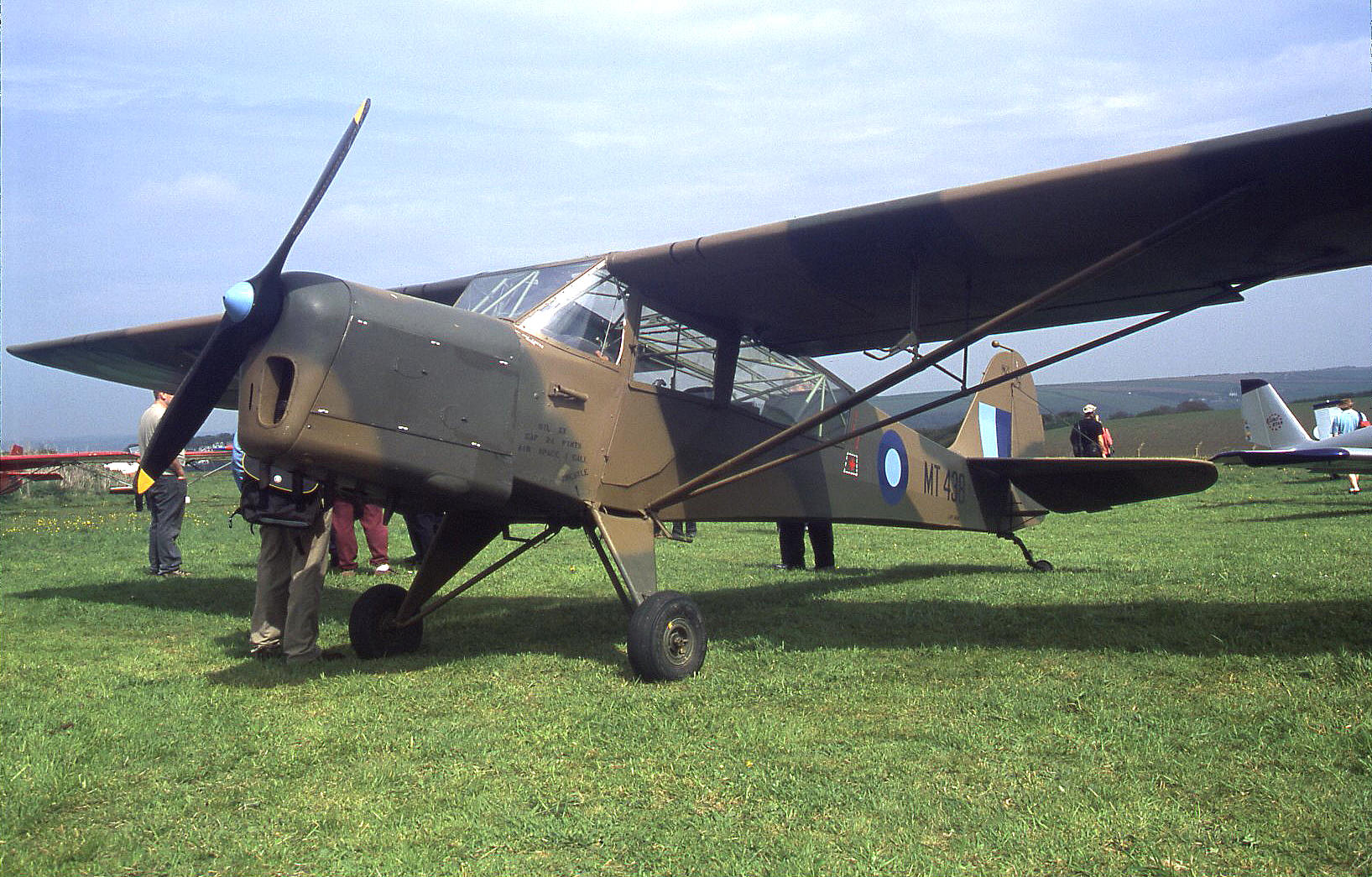Bolt Head
BOLT HEAD: Military aerodrome and then, much later - private airstrip
Note: The first picture (2015) was obtained from Google Earth ©
Other pictures by the author unless specified.
The fourth picture of the Hurricane and Spitfire was taken by Maurice J Wickstead.
Airstrip operator: 2005: Squire Brothers
Military user: WW2: RAF Fighter Command 10 & 11 Groups
421 (RCAF) Sqdn (Vickers-Supermarine Spitfires)
610 Sqdn (Spitfires)
275 ASR [Air Sea Rescue] Sqdn (Vickers-Supermarine Spitfires, Walrus & Sea Otters)
Note: In the run-up to D-Day, it appears that Spitfires & Typhoons operated by day, Beaufighters & Mosquitos by night.
MORE INFO
In the October issue of Light Aviation an article appeared by Chris Howell. He tells us that the first squadron to arrive in 1941 was 16 Squadron with Westland Lysanders, followed by 316 Polish Squadron with Spitfires. He claims that more than forty different types, (I think this must include variants?), flew from BOLT HEAD during WW2 including: Vickers-Supermarine Spitfires, Westland Whirlwinds, (not the helicopter of course), Hawker Hurricanes and Typhoons, DH Mosquitos and Bristol Beaufighters. Lighter types included Austers, Piper Cubs and DH Tiger Moths. Indeed, even Avro Lancasters and two USAAF Boeing B-17 Fortresses made diversionary landings.
Incredibly this aerial photo in the article shows the two B-17s on the airfield.
It appears that the first strip, in the early 1980s, was 400 metres long and used by Chris Millward. When Chris passed away, another local pilot John Cummins took over the running and after he was joined by John Kempton they established a lawful certificate for use and a 200 metre extension was added. However, this was eventually ploughed up.
Chris tells us that the present strip, in a different location to the first, was opened by Simon Evans who formed a group with John Cummings, Keith Wingate, John Kempton and himself. Previously there had never been a hangar, but in the spring of 2015, after six months construction, a brand new one was ready.
Location: 1nm SW of Salcombe, 4nm SSW of Kingsbridge
Period of operation:
Military: 1941 to 1945 (Some records say 1947)
Later civil: 1980s Later 2005 to -
Runways:
WW2: Reinforced with Sommerfeld Track
From 1944? 05/23 1280 grass 11/29 1188 grass
2010: 11/29 620 grass
NOTES: This appears as one of many UK sites originally selected as being suitable for aircraft operation by the Cobham organisation and later adopted for WW2 military aerodromes.
MOVING AROUND
As mentioned many times elsewhere the RAF had an obsession amounting to a mania to keep transferring squadrons to as many aerodromes as practically possible. This was obviously very counter-productive to the war effort, but then again much if not most of what the RAF was ‘really’ about in WW2 appears to decrease and devalue their contribution to the war effort. Why this should be and who were behind it remains a mystery but the bare facts certainly seem to support this. For example 275 Squadron were transferred here, but only from the 7th August to the 18th October 1944.
275 Squadron also had detachments in the latter half of WW2 to ANDREAS (ISLE of MAN), EGLINGTON (NORTHERN IRELAND), EXETER also (DEVON) and PORTREATH (CORNWALL).
A SERIOUS DIVERSION
In his excellent book We Landed By Moonlight by Hugh Verity, (published 1978) he had this tale to tell. The Westland Lysanders (and Lockheed Hudsons) engaged on 'Top Secret' missions mostly into France for landing on selected, (often not ideal fields), had been, although based at TEMPSFORD (BEDFORDSHIRE) had been using RAF TANGMERE in SUSSEX as a forward base. After the D-Day landings TANGMERE was far from ideal, so these operations were transferred to WINKLEIGH near Exeter. Basically to give them westerly routes into France avoiding the main areas of conflict in Normandy.
A 'MPU' was a mail pick-up not requiring the Lysander to land, but to snatch the parcel up by trailing a hook which could be winched in to retreive the package.
"Bob Large told me another story about a MPU with Tommy Thomas. On their way back from France they found radiation fog all over Southern England, ending over the coastline. They were diverted to the fighter airfield on Bolt Head, near Salcombe. After an unsuccessful attempt to make an approach through the fog, Bob realised that they had only five minutes worth of fuel left and decided that they should bale out."
"Not wanting to seem alarmist, he conveyed this decision to Tommy in a super-calm voice and slewed the Lysander into a side-slip to make it easier for Tommy to step out. He got no reply on the intercom - only 'eight cupfulls' -pause - 'nine cupfulls."
"While Bob was wondering what this might mean, he noticed that Bolt Head had started putting up mortar flares which burst above the top of the fog. He let down and broke through a very low cloud base right over the middle of the airstrip. A rapid, tight, low-level circuit and he landed - with virtually dry fuel tanks."
'Tommy', he asked, 'Why didn't you react when I told you to bale out?' 'Oh', said Tommy, 'was that what you were droning on about? I didn't pay attention. I was too busy peeing into the cup on my thermos flask.'
And this story, I often suspect, now gives us a valuable insight into the real truth of fighting wars. And how the demands of natural needs can indeed influence the outcome.
PFA DEVON STRUT FLY-INs
Venue for several PFA Devon Strut Fly-Ins. In 2009 it was a resounding success with some fifty aircraft including the Peter Vacher Hurricane and Anthony Hodgson’s two-seater Spitfire.
A PERSONAL MEMORY
For the May 2008 Fly-In, my good flying friends Gordon Brown, Geoff Cowell and I had decided to fly the Cessna 172 (G-BDNU) down from ELSTREE. Calling in at COMPTON ABBASS we landed at 14.45 on the 3rd of May to find ourselves amongst the first to arrive. The Fly-In wasn't due to take place until the next day, but, we were nevertheless accorded a very friendly welcome. Indeed very nice accommodation was arranged and we were given a lift to it.
On the day we were surprised how many aircraft flew in, and a visit to the Cold War 'Regional Nuclear War Bunker' was of great interest. Gordon was flying when we took off in the late afternoon to return home in very hazy conditions, and before reaching the end of the runway I realised we had entered sea fog! Gordon, bless him, made a cautious turn inland and we soon emerged into clear conditions. We all decided to land back at BOLT HEAD and wait till the morning - suffering yet another night in that lovely hotel in Bolt Bay.
Matthew Clements
This comment was written on: 2020-11-19 20:43:41As well as the item in the LAA magazine October 2020 about Bolt Head, I have some personal knowledge. It was only the 200m extension that was ploughed up - 600m was available in 1996 but only 400m in 1997 when I wanted to fly in (but didn't). My memory was that I spoke that year to Chris Millward, but perhaps not.... The strip is still where it used to be (inside the fence), but they managed to buy the 200m and so reinstate the full 600m subsequently (not sure when). NB The bunker on the site (secret comms or radar) was called RAF Hope Cove, slightly confusingly, and became the Cold War Nuclear Bunker (Civil Defence) before closure.
We'd love to hear from you, so please scroll down to leave a comment!
Leave a comment ...
Copyright (c) UK Airfield Guide















